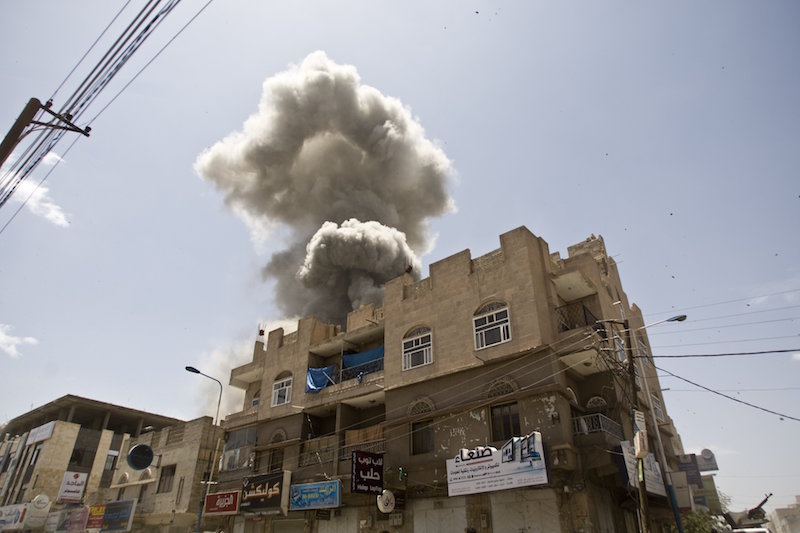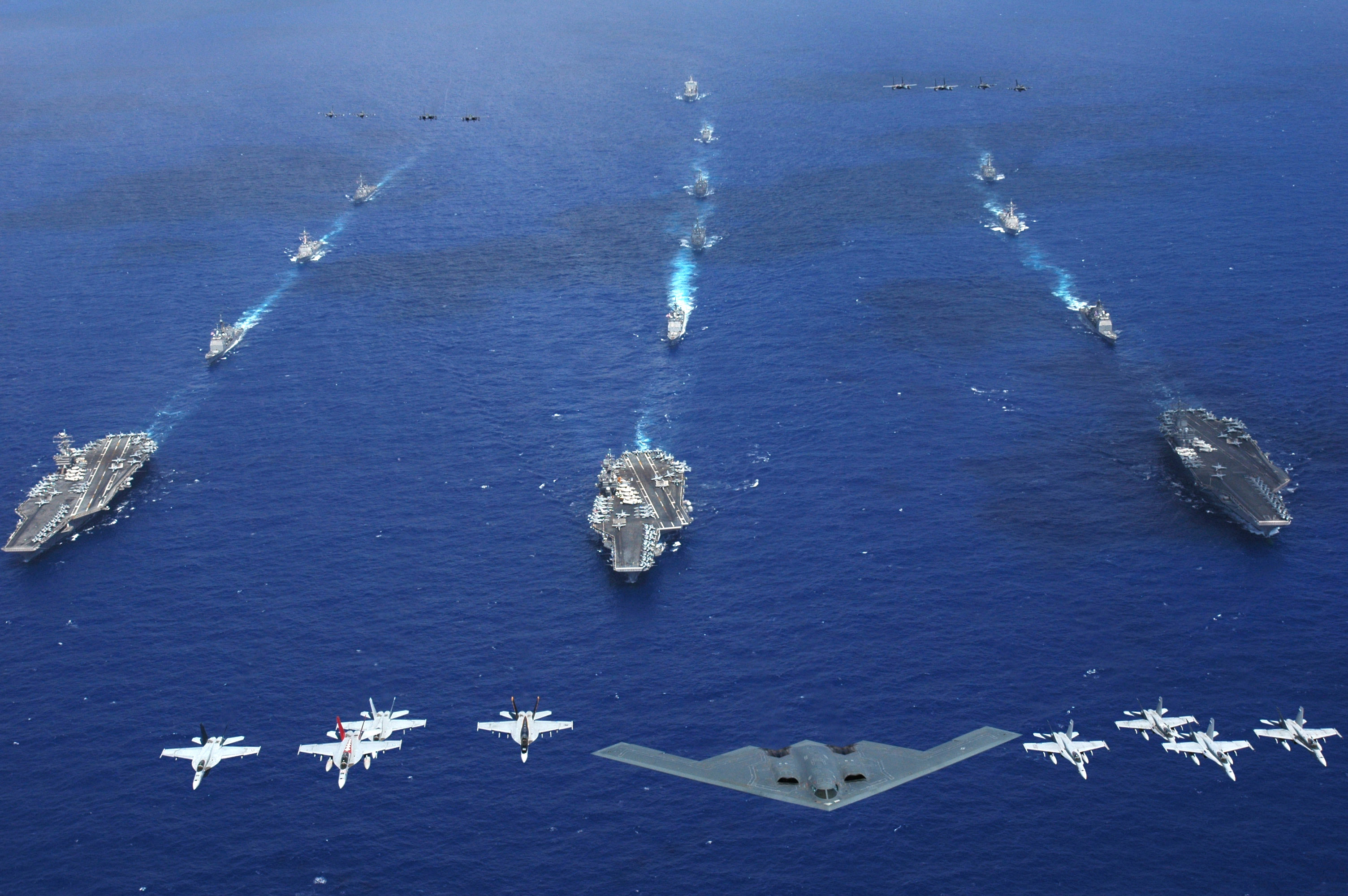Origins of the Conflict
Bordering Saudi Arabia and Oman, Yemen has been devastated by a civil war since 2014. In the wake of the populist uprisings characteristic of the Arab Spring, a global coalition removed Yemeni President Ali Abdullah Saleh from power in 2011. The subsequent transition was referred to as a “National Dialogue” involving all of Yemen’s key stakeholders, which worked together to create a pathway to reform and democratic elections. The Houthi’s, a Zaydi Shiite political movement originating from northwestern Yemen, initially participated in the process, but quickly became discouraged from engaging in dialogue.
In Yemen, Zaydi Shiite Muslims represent approximately a quarter of the population, and have historically been repressed by the national government. As a result, disappointed that the “National Dialogue” had failed to enact meaningful progress with regards to Zaydi rights, Houthi rebels began marching south from Sa’dah in 2014. The Houthi’s quickly overran the capital of Sanaa in September of the same year, and had quickly amassed support through a convenient alliance with former president Saleh. The current “president” Abed Rabbo Manour Hadi was forced to flee to the Saudi Arabian capital of Riyadh in 2015.
Civil War or Proxy War?
Dragging on for 4 years now, the conflict’s stamina can largely be chalked up to the intervention of outside forces. The Houthi’s have been accepting aid from the Shiite Iranian Government for several years, primarily in the forms of missile building expertise, weapons, and military advisement. Viewing the Houthi’s as Iranian proxies, the Saudis began an allied coalition with the UAE against the group in March of 2015. This coalition also initially included American intelligence, refueling, and munitions support.
After a major push from coalition forces, Houthi troops were removed from Aden in 2015, leading to a subsequent stalemate in the war. Former president Saleh’s attempt to switch to the Saudi side broke this ceasefire, and led to his subsequent execution at the hands of Houthi troops. Embroiled in a dragged out war, Yemen’s plight was further impacted by the Saudi blockade, which cut off aid assistance due to Houthi connections with Hezbollah and Iran. Infrastructure has been crippled, a cholera outbreak is running rampant, and Yemen’s reliance on imports has led to an increased risk of starvation throughout the country.
The Siege of Hodeidah
In recent months, the war has reached a critical point. A military coalition led by the Saudi’s and the UAE launched an offensive on June 12th to drive Iran-backed Houthi’s from Hodeidah, the port that serves to provide food and relief for the millions of Yemeni citizens facing disease and starvation. Considered to be the largest battle since the start of the war, UN officials fear that a continued assault on the port city and could lead to a nation-wide famine. This would gravely impact the 8.4 million people at risk of starvation, resulting in an unprecedented humanitarian catastrophe to occur.
UN special envoy to Yemen, Martin Griffiths, has been travelling to the different warring parties to prevent an all out attack on the port, hoping that negotiations can restart in the next few weeks. On July 1st, the UAE announced that it was halting its assault on Hodeidah in order to support UN efforts to reach a political solution. On the Houthi side, militants initially offered to hand over control of the city to the UN as part of an overall ceasefire in the governorate. The Saudi’s have made clear that the Houthi’s must abandon the entire western coast, so as to prevent Iranian resources from being able to pass through coastal ports into Houthi hands. This condition has led previous peace talks to collapse, and in his statement on July 1st UAE Minister of Foreign Affairs Anwar Gargash has made clear that if this were to happen again, the UAE would resume its military bombardment. Very recent reports from the Arab Weekly and other media suggest that peace talks have already failed, with the Houthi’s refusing to withdraw.
With neither Houthi nor coalition forces making much progress towards peace and de-militarization, the goal of stability is being called into question. Continuing to rage on with no end in site, the Yemeni civil war is taking on the shape of a proxy conflict resembling those of the cold war era between the US and Soviet Union. The rivalry between Sunni controlled Saudi Arabia and Shia dominated Iran is boiling over, putting the 23.8 million Yemeni’s in the crosshairs.
Aerial Bombardments on Sana’a, Yemen from Saudi Arabia (2016), by Fahd Sadi via Wikimedia Commons. Licensed under CC BY 3.0.
Disclaimer: Any views or opinions expressed in articles are solely those of the
authors and do not necessarily represent the views of the NATO Association of
Canada.




